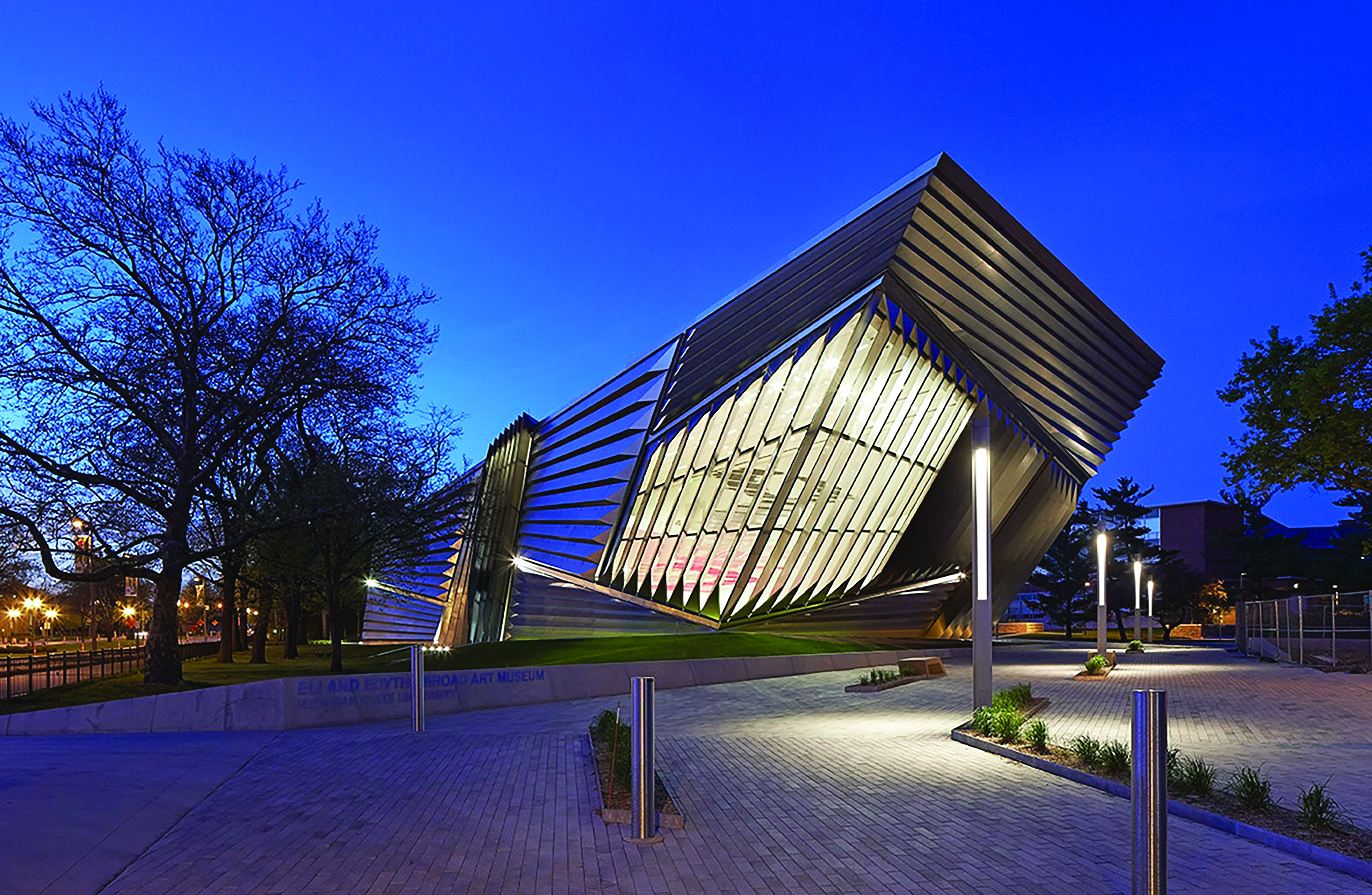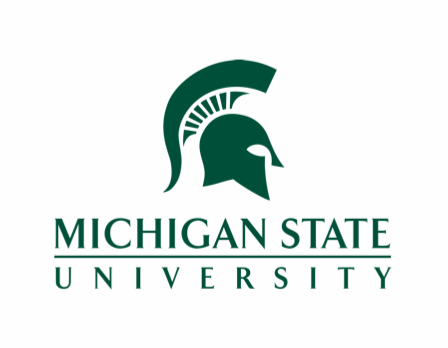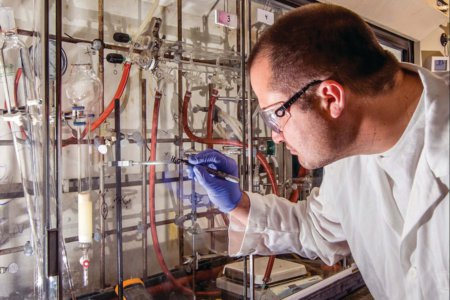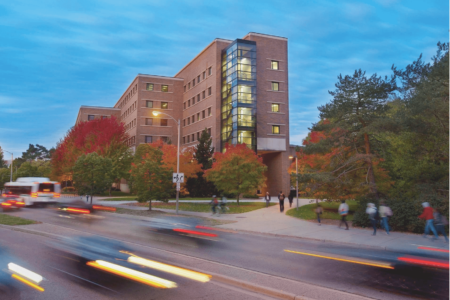A career in chemistry is filled with opportunities. According to the US Bureau of Labour Statistics, jobs for chemists and materials scientists are set to grow an average of 6% from 2020 to 2030.
Michigan State University (MSU) graduates are set to build a successful career in this field. MSU’s Department of Chemistry has consistently stayed at the forefront of chemistry research and teaching since its establishment in 1964. Since then, the Department has grown to provide for current state-of the-art research and teaching facilities that allow the continued pursuit of its world-class research and teaching programmes.
“We have excellent professors in a wide variety of subjects,” says Marcos Dantus, MSU Foundation Professor and University Distinguished Professor of Chemistry. “The research atmosphere is quite friendly.”
World-class facilities for aspiring chemists
The Department of Chemistry occupies an air-conditioned building with 280,000 square feet of floor space distributed over five main floors, two basements, a penthouse complex, an office annex, and a lecture-hall wing. Approximately 60% of the space is devoted to research laboratories, instrument facilities and supporting shops.
The Department also houses an excellent array of state-of-the-art equipment for faculty members and graduate students to pursue research activities such as compound characterisation, structural studies, and computational work. Notable facilities include the Max T. Rogers Nuclear Magnetic Resonance Facility, MSU Shared Laser Facility, the Chemistry Department X-ray Facility, and the Chemistry Visualisation Facility.
All graduate students are granted 24-hour access to the building, its computer rooms, and their respective research laboratories or offices.
Within this collective space, interdisciplinary excellence flourishes. The Biomedical and Physical Sciences (BPS) Building fosters new collaborations with faculty from different departments, including the Physics-Astronomy and Microbiology Departments. It also helps to enhance existing collaboration between departments in research areas such as materials science, biochemistry and biophysics.
A research-based education
Undergraduate programmes — Bachelor of Arts in Chemistry, Bachelor of Science in Chemistry, and Bachelor of Science in Chemical Physics — help students build a solid foundation in seven areas of chemistry (general, organic, analytical, material, inorganic, nuclear, physical, and theoretical). These students actively participate in research with the faculty on areas such as electrochemistry, environmental chemistry, protein-ligand interactions, and many more.
At the graduate level, MSU offers programmes in Analytical Chemistry, Biological Chemistry, Chemical Physics, Inorganic Chemistry, Nuclear Chemistry, Organic Chemistry, Physical Chemistry, as well as Theoretical and Computational Chemistry. With a 200-strong student body and an annual research support in excess of US$9 million to support programmes in areas ranging from molecular biology to materials science, these are some of the most dynamic programmes in the country.
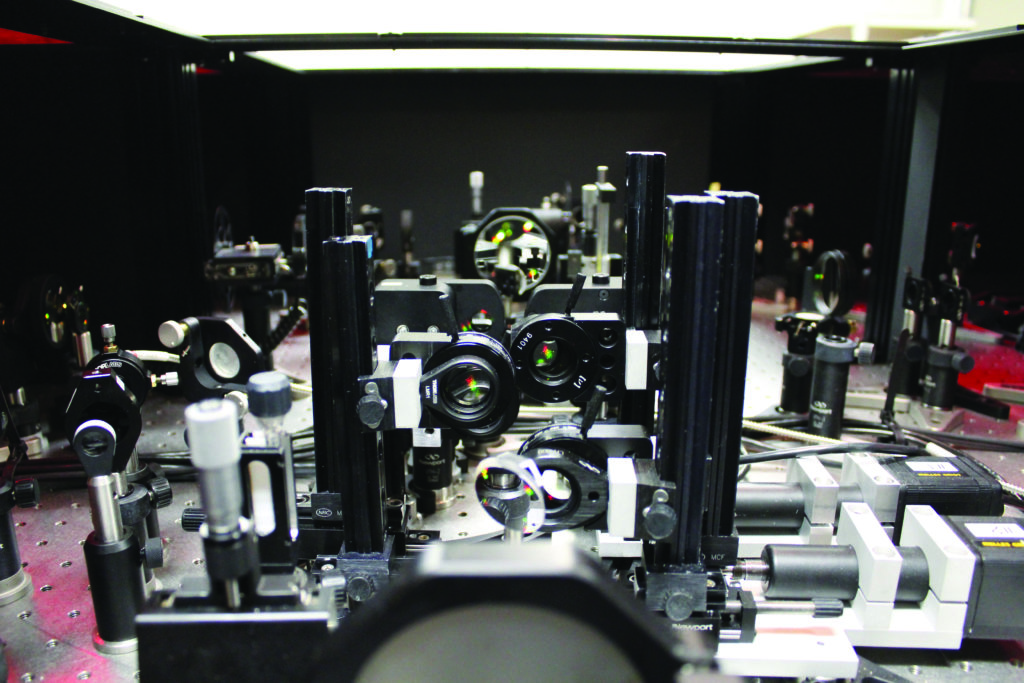
Source: Michigan State University
A vibrant and welcoming research community
Passionate professors, such as Dantus who teaches advanced quantum mechanics and ultrafast spectroscopy, are part of an extensive line-up of faculty members that spans across 12 research areas at MSU. They are well aware of upcoming trends within the industry. “Presently, there is tremendous interest in building quantum computers. Similarly, ultrafast lasers are now transitioning from labs to industry and hospitals,” he shares.
With their expertise, they work tirelessly to prepare the next generation of MSU graduates for industry. “I have had students arrive at my lab with zero laser experience, and now they are professors at universities leading scientific groups that focus on laser science,” enthuses Dantus, with pride.
Chemistry professional organisations and clubs provide opportunities for members to deepen their understanding of chemistry, network with aspiring chemical engineers, and give back to the community through various service projects.
MSU Chemistry Club members participate in professional talks, science outreach activities, and community service. Beyond Benign, an organisation dedicated to fostering a green chemistry community, supports the Green Chemistry Commitment, which seeks to unite a community of green chemists.
With these features, it’s little wonder outstanding outcomes are guaranteed to all or why MSU has a 95% placement rate for recent graduates – nearly 12% above the national average.
In fact, a study by MSU showed that 62.1% of their spring and summer bachelor’s degree recipients secured full-time employment within six months after graduation in 2021. In the same year, 26.6% have chosen to further their studies at some of the nation’s top institutions, including MSU, New York University, and Cornell University.
To become a successful MSU graduate, click here to learn more about their chemistry undergraduate and postgraduate programmes.
Follow Michigan State University on Facebook, Instagram, Twitter, and YouTube.

